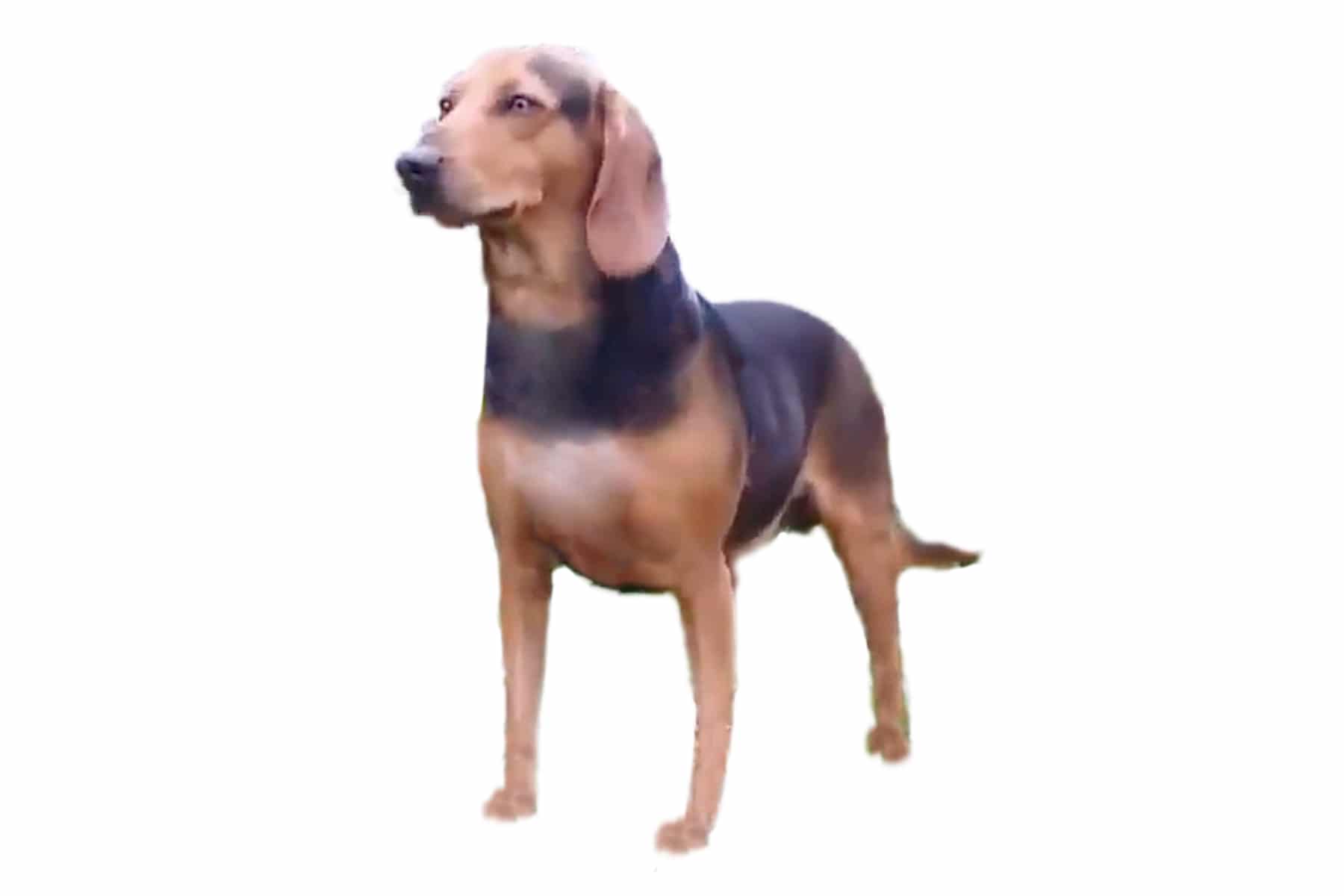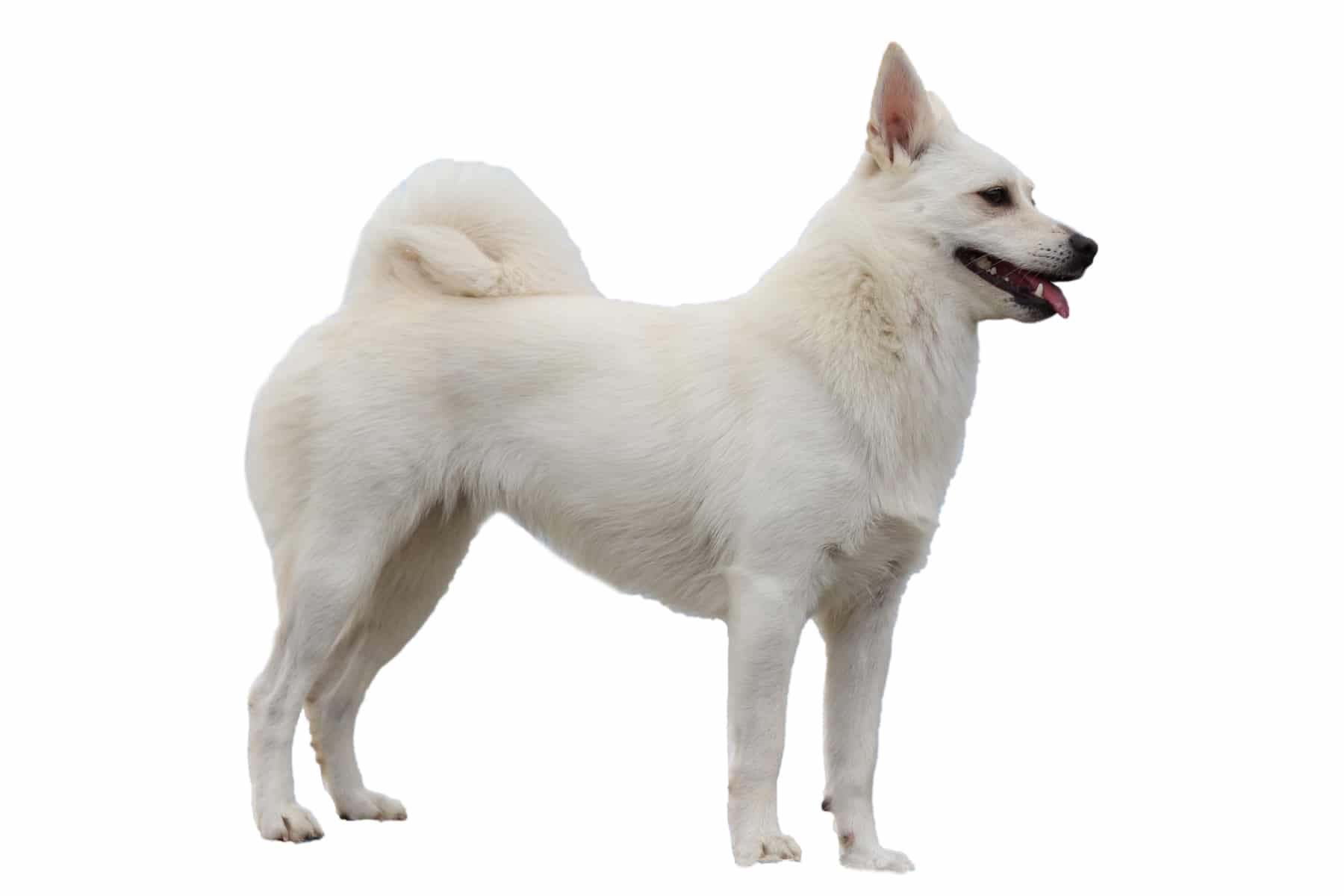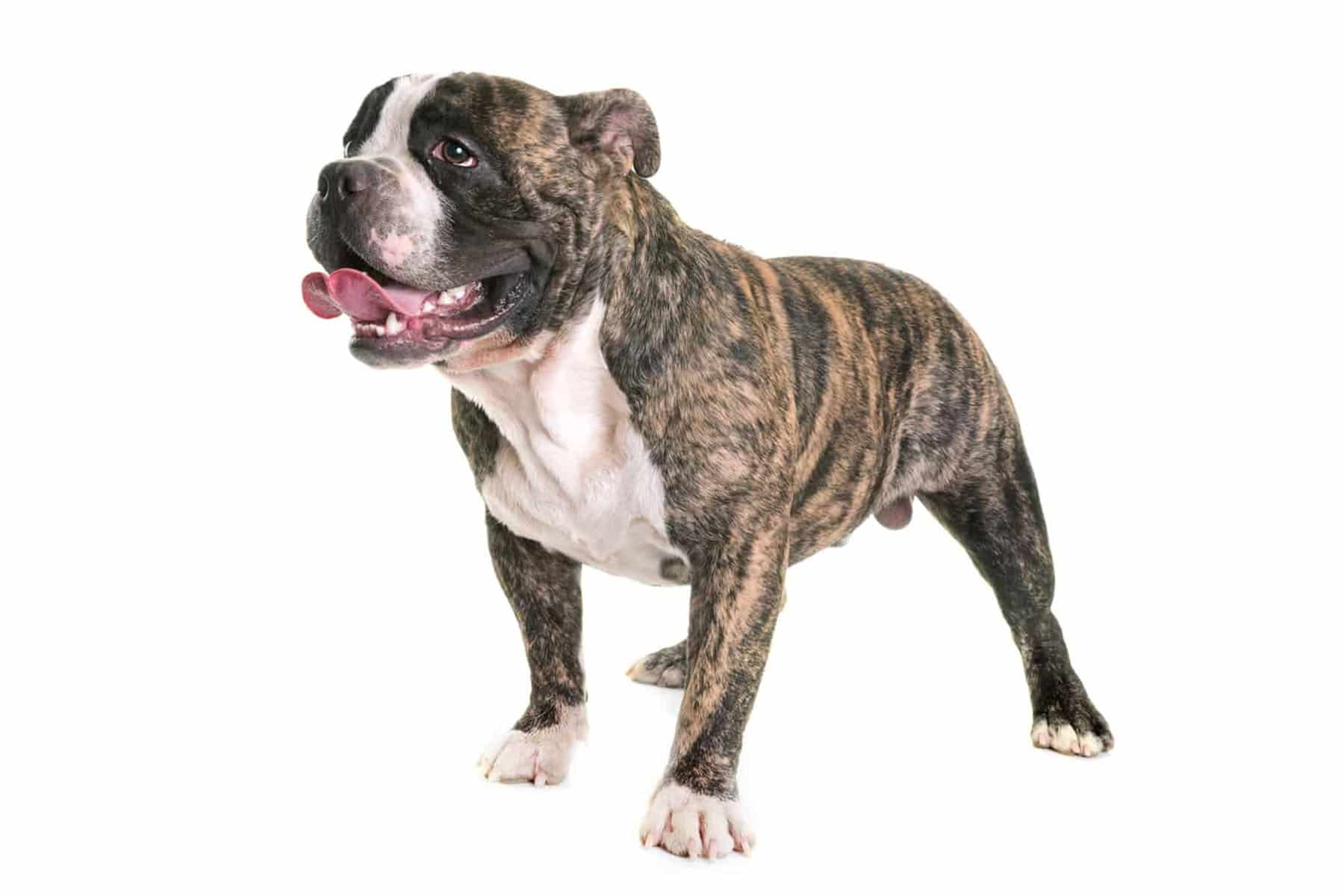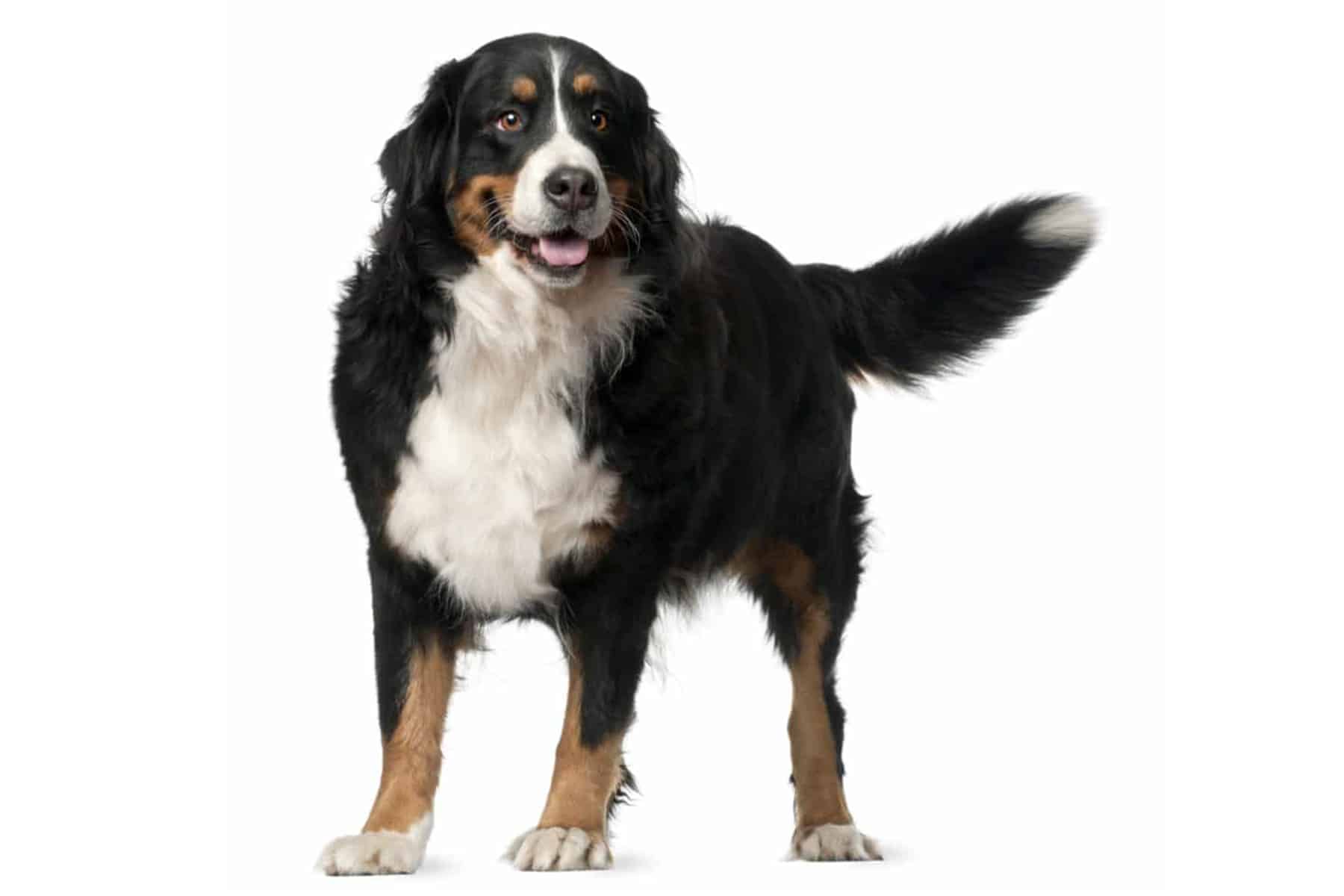Hungarian Short-Haired Pointer (Vizsla)
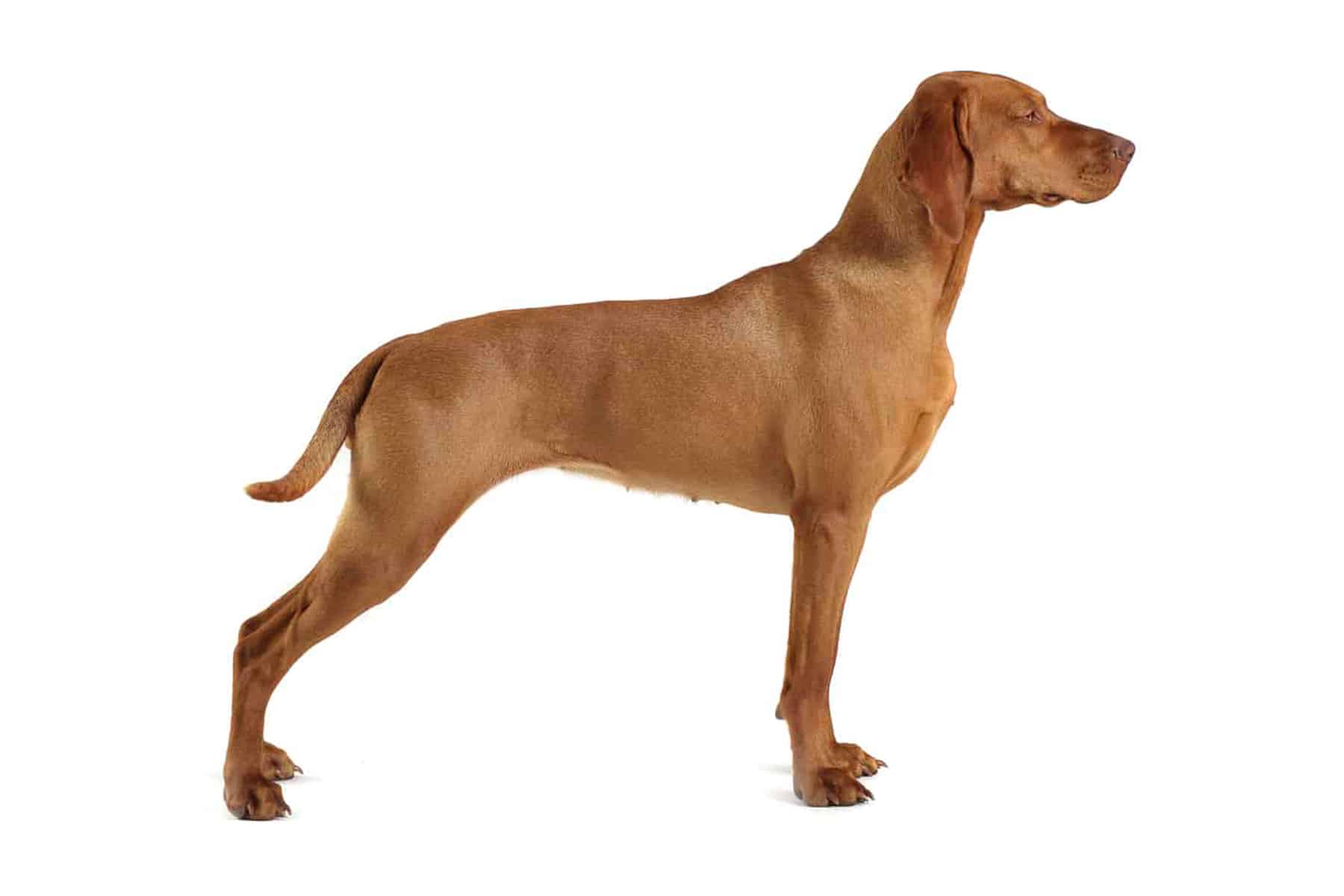
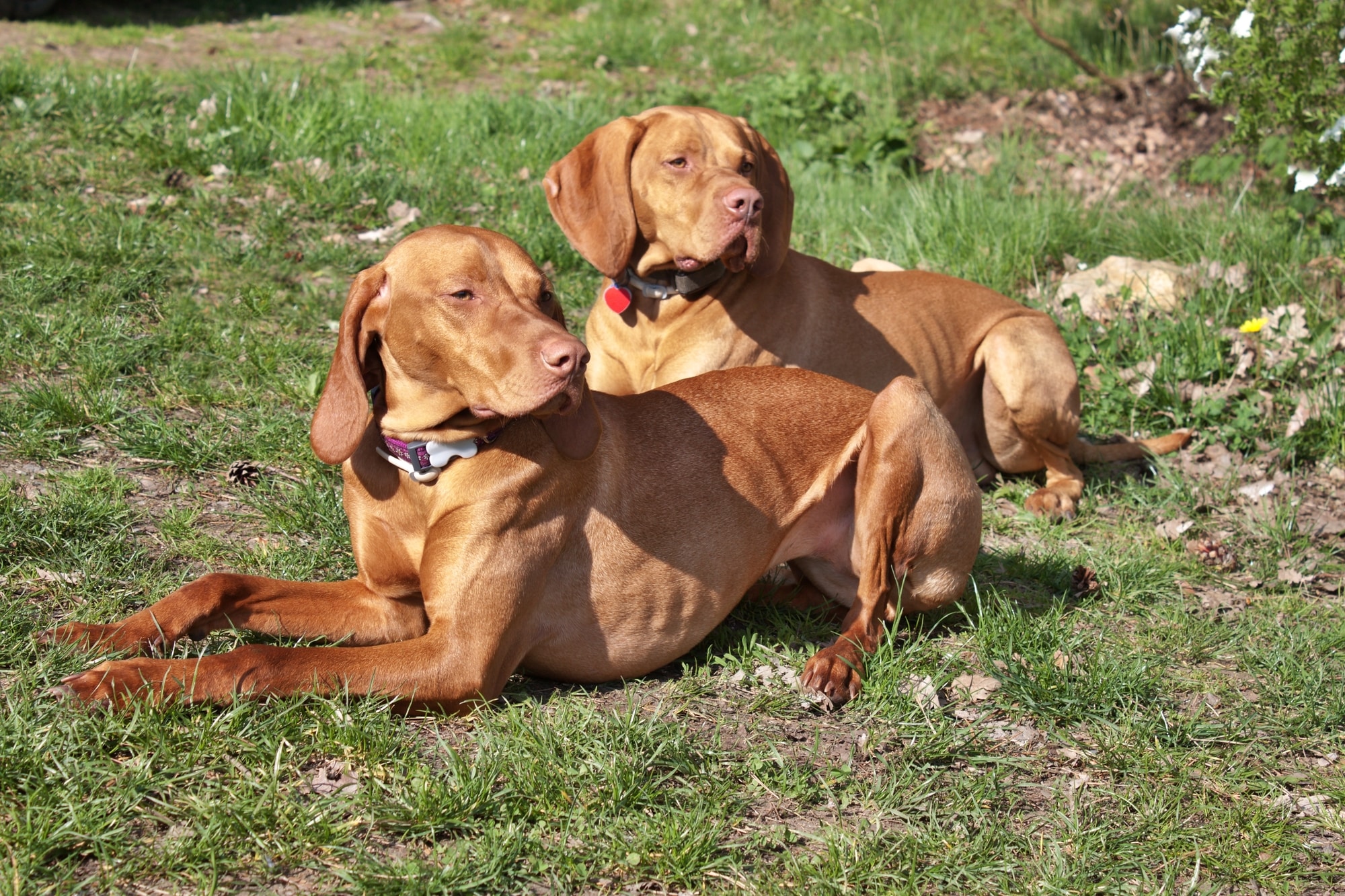
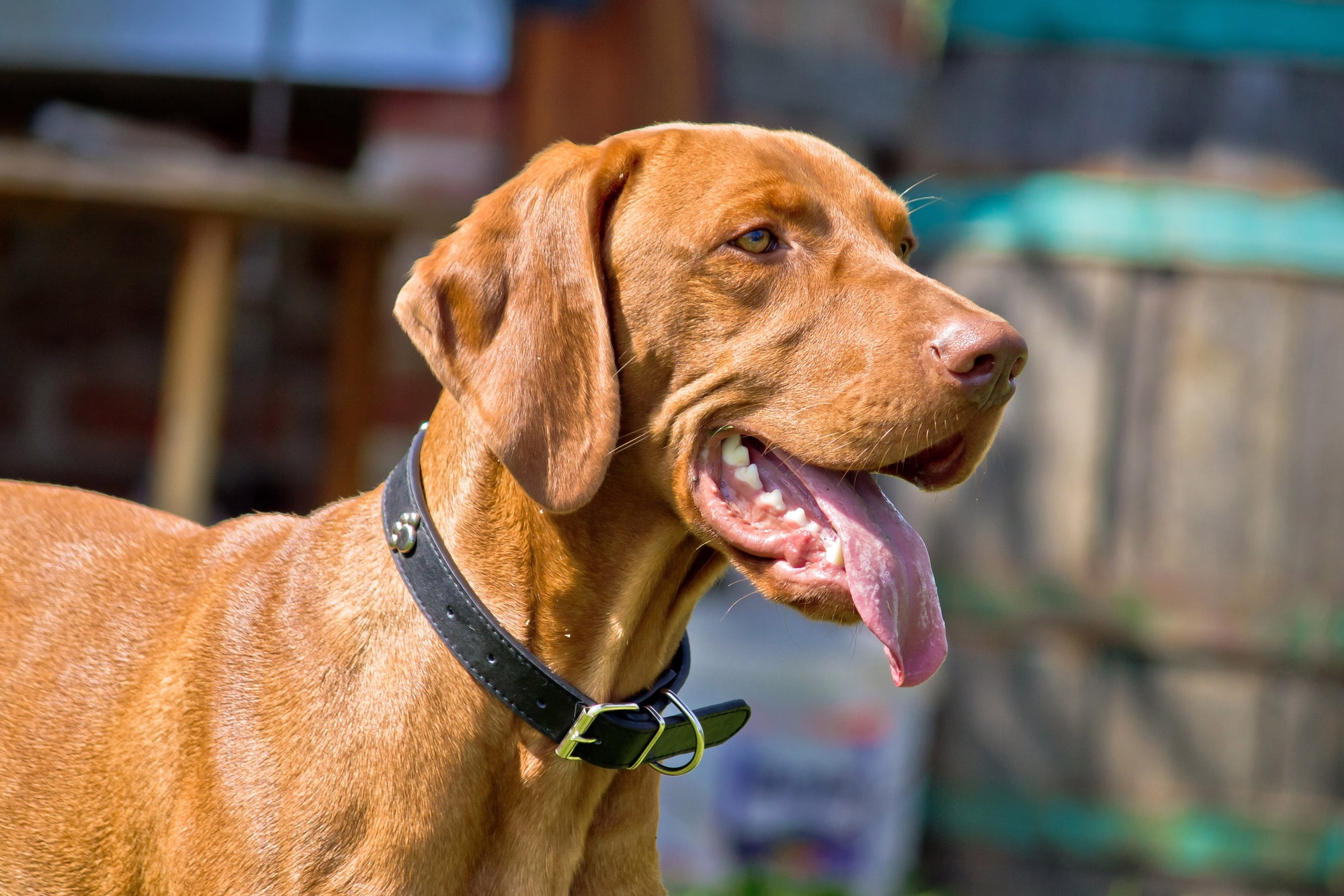
Temperament:
The Hungarian Short-Haired Pointer - often also called "Magyar Vizsla" or "Rövidszőrű Magyar Vizsla" - is particularly popular as a versatile hunting dog. Due to its uncomplicated nature and quick adaptability, it can also be kept as an ideal family dog with appropriate activity and exercise.
Characteristics
The conformation of the Hungarian Short-Haired Pointer is streamlined. The breed is very athletic and strong. The breed recognized by the FCI belongs to Group 7 Pointing Dogs Section 1 Continental Pointing Dogs 1.1 Type "Bracke".
This breed comes in all shades of color from sand to dark gold. According to the FCI standard, pedigree dogs may have a white patch of up to 5 cm on the chest. Otherwise they should be solid-colored.
With a weight of up to 27 kg and a shoulder height of up to 64 cm, the Vizsla is a medium-sized dog. Females are smaller and lighter than males.
The Magyar Vizsla's large nostrils give it a particularly good sense of smell. This enables it to sniff out its prey from a great distance. The dog's straight nose contributes significantly to this. The ears are U-shaped and close fitting. The tail is straight and carried horizontally. It reaches approximately to the hock.
The Magyar Vizsla can live up to 14 years.
The character of the Vizslas is very pleasant. It is particularly intelligent and likes to learn quickly. The Vizsla regards its owner as a partner. This results in a pleasant relationship. However, the Magyar Vizsla is very sensitive. If you shout at it or treat it roughly, this can have serious consequences.
If you want to get a Vizla, it is important that you have leadership qualities. You should also have a good understanding of dogs. This will help you train your dog better.
A well-socialized Vizsla is considered one of the best family dogs. However, the pointing dog needs a little more time. His temperament and zest for life must be lived out. His family should always offer the Magyar Vizsla enough new challenges. Then this breed is a loyal and affectionate companion who wants to be with you everywhere and at all times.
Children are not a problem when buying this breed. Due to its special sensitivity, the Magyar is a great playmate. The high willingness to learn contributes to good communication between dog and child. Once the dogs have become accustomed to children, they develop a pronounced protective instinct.
The Hungarian Short-Haired Pointer can often be controlled by slight gestures and facial expressions. The Magyar should not be kept in a kennel.
Coat care:
Shedding:
Energy level:
Trainability:
Children suitable:
The right food
When choosing food, make sure that it contains high-quality ingredients, is balanced and meets your dog's requirements. Age, size or weight, activity and health status play an important role. You should follow the manufacturer's recommendations for the amount of food.
Treats should only be fed in moderation and deducted from the basic diet to avoid obesity.
Puppies can be fed 4-6 times a day. The number of meals should be gradually reduced to 2 per day until the dog is fully grown. A rest period should be observed after meals.
Fresh drinking water should be available at all times.
Health & Care
The Hungarian Short-Haired Pointer has a short, smooth coat with no undercoat. It therefore does not require excessive grooming. Occasional brushing with a brush is completely sufficient.
As long as the dog is not very dirty or smelly, it should not be washed. If it does, a bath or shower with lukewarm water and a good dog shampoo is recommended. Then rinse thoroughly and dry with a towel. A hairdryer can also be used for this purpose. The hairdryer should be set to the lowest setting and should not be held too close to the body.
After every walk, you should check the body for vermin and the like. Also check the paws and spaces between them to make sure that no gravel or similar has become lodged.
This breed is active and lively. That's why they usually don't need their nails trimmed. When romping around in the meadow and forest, they largely wear themselves out. Nevertheless, the length of the claws should be checked regularly. Claws that are too long can cause problems when walking and change the dog's posture, which can lead to health problems.
The general care of the dog also includes its eyes and ears:
Dried tears should be regularly removed from the eyes. This can be done by gently wiping the affected areas with a damp cloth, kitchen paper or absorbent cotton.
The ears should be cleaned about once a week with a suitable cleaning agent. Make sure that the ears remain clean. This way you can prevent ear infections.
Regular dental care is necessary to keep teeth and gums healthy. Special toothpaste and toothbrushes for dogs are available for this purpose. From time to time, you can also give your dog chews, which are also used for dental care.
Suitable accessories
A Magyar Vizsla can largely get by with the usual dog accessories.
Every dog's basic equipment includes a dog bed, a food and water bowl, a dog lead and a suitable collar or dog harness.
Toys for brain and agility games are particularly popular with dogs. This keeps them sufficiently occupied and challenged.
As the Hungarian Short-Haired Pointer has little or no undercoat, it is very sensitive to the cold. When it runs around freely, it can compensate for the cold well. On a lead, however, the dogs start to get very cold after just a few minutes. Many Vizsla owners recommend a warm winter coat.
Other accessories include: Tick tweezers, claw clippers, mild dog shampoo, brush and comb, toothbrush and toothpaste for dogs, transport box for transportation in the car and a first aid kit. It is best to ask your vet what belongs in the first aid kit.
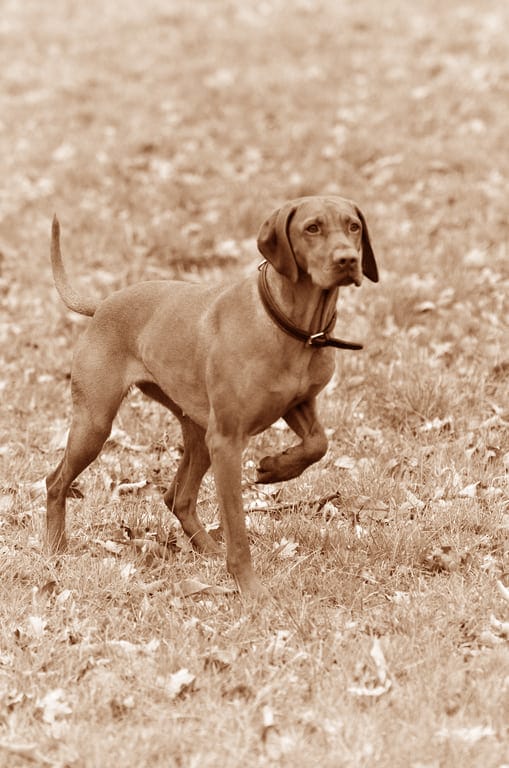
Origin & History
The roots of this breed go back to the 10th century. The Magyars are said to have brought the ancestors of the Vizslas from the Russian steppes to Hungary. Here they were discovered by the Hungarian nobility and further bred as hunting and pointing dogs.
However, the fame of this breed faded at the beginning of the 19th century as the focus shifted to English and French breeds. The breed was in danger of disappearing completely. At the beginning of the 20th century, however, the breed made a comeback, and targeted breeding began in 1920.
The "Hungarian Vizsla Breeders' Association" was founded on May 29, 1920. In 1936, the Vizsla was recognized as a breed by the FCI.
The Hungarian Short-Haired Pointer is now so popular that around 150 puppies are born every year in Germany alone.
Crossbreeding with the German Wirehair created a new breed, which was recognized by the FCI in 1965. It is the Hungarian Wire-Haired Pointer.
